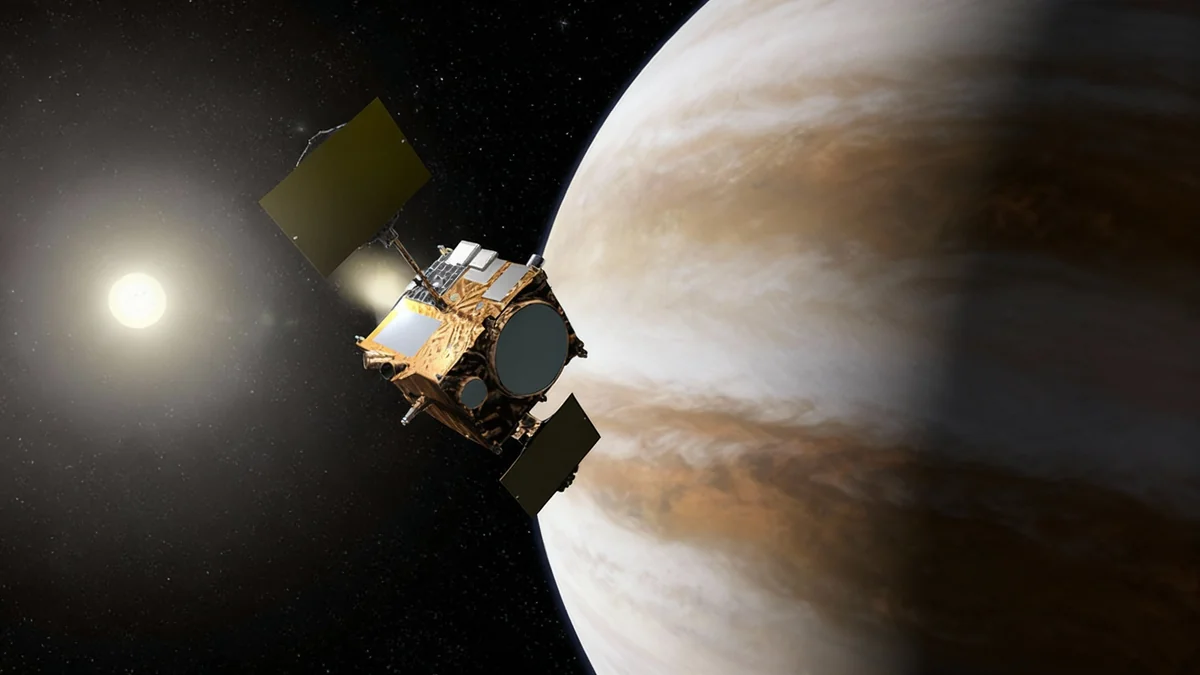A NASA satellite launched over a decade ago to monitor carbon dioxide has yielded an unexpected and revolutionary tool for assessing the health of our planet's plant life. The Orbiting Carbon Observatory-2 (OCO-2) mission is now providing one of the earliest indicators of plant stress, but its future remains uncertain as the mission is proposed for early termination.
Originally designed to map global CO2 levels with unprecedented precision, OCO-2's sensitive instruments detected a faint glow emitted by plants during photosynthesis. This phenomenon, known as solar-induced chlorophyll fluorescence (SIF), has become an invaluable data source for scientists monitoring agriculture, forests, and the impact of climate events.
Key Takeaways
- NASA's OCO-2 satellite, intended for CO2 monitoring, made an accidental discovery by detecting plant fluorescence (SIF).
- SIF data provides an early warning system for plant stress, crucial for agriculture and forest management.
- The mission has successfully quantified the carbon impact of major events like the 2019-2020 Australian wildfires.
- Despite its dual success and potential for another decade of operation, the OCO-2 mission is facing a proposed early termination.
A Mission Beyond Carbon Dioxide
When NASA launched the Orbiting Carbon Observatory-2 in 2014, its objective was clear: create a detailed global map of atmospheric carbon dioxide. By precisely measuring CO2 from space, the satellite was designed to help scientists identify carbon sources and sinks—areas that release or absorb the greenhouse gas.
For over ten years, OCO-2 has delivered on that promise, providing what many consider the "gold-standard" for space-based carbon measurements. Its data has been instrumental in understanding the global carbon cycle and quantifying the atmospheric impact of significant environmental events.
Understanding the Carbon Cycle
The carbon cycle is the process through which carbon atoms continuously travel from the atmosphere to the Earth and then back into the atmosphere. OCO-2's ability to measure CO2 concentrations helps scientists track this movement, which is critical for understanding climate change.
The mission's success has allowed researchers to unravel long-standing climate mysteries and provide concrete numbers for the carbon emissions from catastrophic events. However, its most groundbreaking contribution was one that nobody anticipated.
The Serendipitous Glow of Plant Life
The instruments aboard OCO-2 are highly sensitive spectrometers, designed to detect the unique signature of carbon dioxide in reflected sunlight. In the process, they also picked up a much fainter signal: a subtle glow emitted by plants on the Earth's surface.
This glow, invisible to the human eye, is solar-induced chlorophyll fluorescence (SIF). It is a by-product of photosynthesis, the process plants use to convert sunlight into energy. When chlorophyll molecules become over-energized by sunlight, they release some of that excess energy as a faint red light.
A Plant's Health Indicator: The intensity of SIF is directly related to the rate of photosynthesis. A healthy, active plant will fluoresce more, while a stressed plant—whether from drought, heat, or disease—will show a marked decrease in this glow, often before visible signs like browning leaves appear.
Scientists quickly realized that OCO-2 had inadvertently created a powerful new way to monitor the planet's vegetation in near real-time. This accidental discovery has since transformed the field of remote sensing for ecology and agriculture.
From Wildfires to Farmlands
The practical applications of SIF data from OCO-2 have been extensive and impactful. The satellite's observations have provided critical insights into how ecosystems respond to environmental pressures.
Monitoring Agricultural Productivity
For farmers and agricultural agencies, SIF is an invaluable tool. It can be used to forecast crop yields and detect stress across vast landscapes much earlier than traditional satellite imagery.
For example, researchers used OCO-2 data to quantify the reduction in crop productivity across the U.S. Midwest following severe flooding in 2019. The SIF signal provided a direct measure of the photosynthetic slowdown caused by waterlogged fields.
Assessing Climate Event Impacts
The satellite's data has also been crucial in understanding the aftermath of extreme weather and climate events. During the devastating Australian bushfires of 2019-2020, OCO-2 performed two key functions:
- It measured the massive spike in atmospheric CO2 released by the fires.
- Its SIF readings showed the dramatic decline in carbon uptake from surviving but stressed ecosystems.
Together, these measurements revealed that the fire season effectively doubled Australia’s annual carbon emissions for that year, a finding made possible by the mission's unique capabilities.
An Uncertain Future for a Vital Tool
Despite its remarkable success and the unique value of its data, the OCO-2 mission's continued operation is not guaranteed. According to a recent paper in the journal AGU Advances by M. Svoboda and colleagues, the mission is being considered for early termination.
The researchers argue that ending the mission prematurely would be a significant loss to the scientific community and to society. They point out that the satellite is still in good health and could potentially continue providing high-quality data for another decade.
The authors of the study highlight the "enormous societal value" of the OCO-2 observations, emphasizing their role in monitoring America's natural resources and understanding global environmental changes.
The loss of OCO-2 would create a gap in two critical areas of Earth observation: the precise measurement of atmospheric carbon dioxide and the early detection of vegetation stress through SIF. As climate change continues to put pressure on ecosystems worldwide, scientists argue that tools like OCO-2 are more essential than ever.
The decision on the satellite's future will determine whether this accidental eye in the sky continues to monitor the pulse of our planet or if its unique vision is lost.





